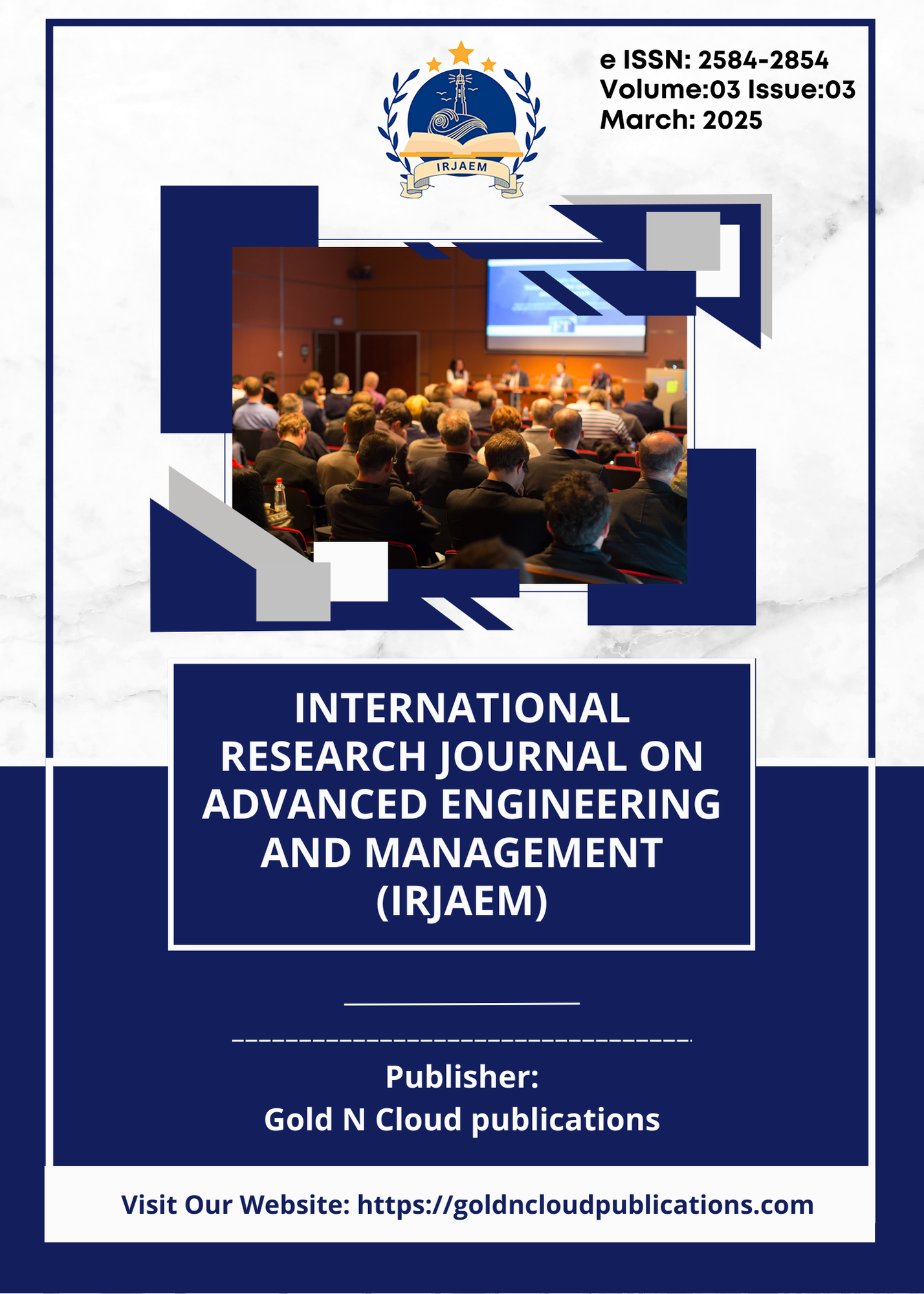Design of Different Micro Strip Antennas Used for Wi-Fi and IOT Applications
DOI:
https://doi.org/10.47392/IRJAEM.2025.0126Keywords:
microstrip antenna, broadband, reflection co-efficient, gain, radiation patternAbstract
This research article presents the design and analysis of simple, low-cost microstrip antennas. The first antenna, referred to as Proposed Antenna 1, utilizes an affordable FR4 substrate and an inset feed transmission line network to excite the radiating patch. It operates as a single-band antenna with a resonant frequency of 5.34 GHz. To enhance performance, the dimensions of Proposed Antenna 1 were modified, incorporating cut slots on the radiating patch and employing a microstrip line feed technique for excitation. This modified version, named Proposed Antenna 2, features a unique comb-like structure and exhibits broadband characteristics, covering a frequency range of 3.44 – 6.86 GHz. The antennas were designed and simulated using the Ansoft High-Frequency Structure Simulator (HFSS). The study discusses the simulated reflection coefficient, gain, and radiation patterns in detail. Both Proposed Antenna 1 and Proposed Antenna 2 are well-suited for Wi-Fi and IoT-based applications.
Downloads
Downloads
Published
Issue
Section
License
Copyright (c) 2025 International Research Journal on Advanced Engineering and Management (IRJAEM)

This work is licensed under a Creative Commons Attribution-NonCommercial 4.0 International License.


 .
. 